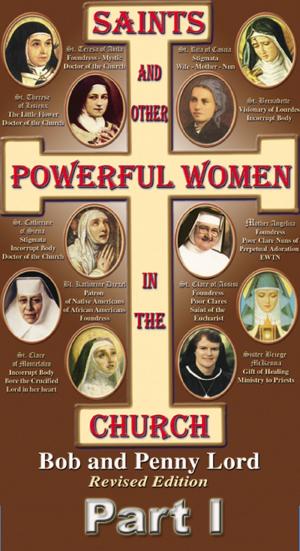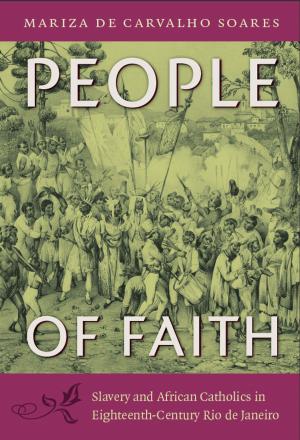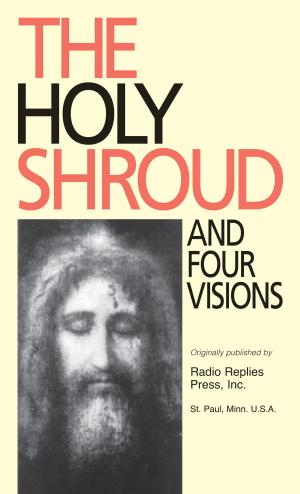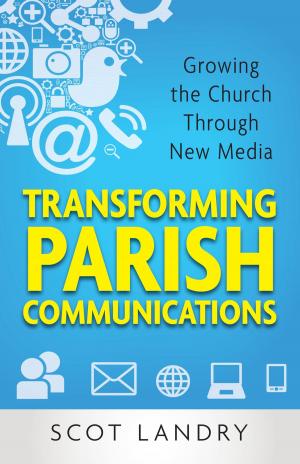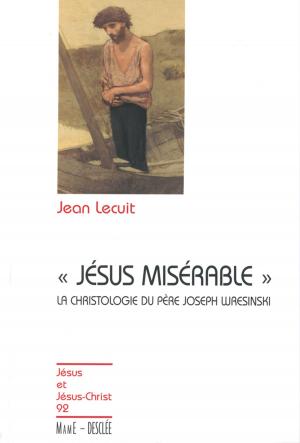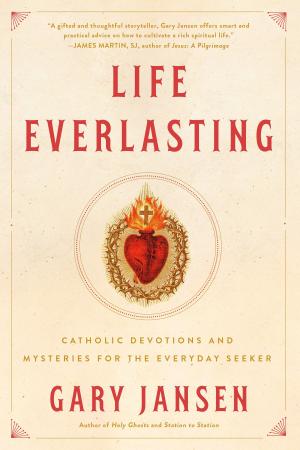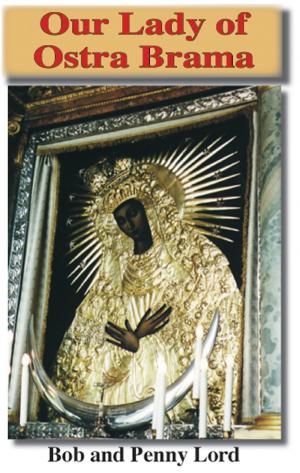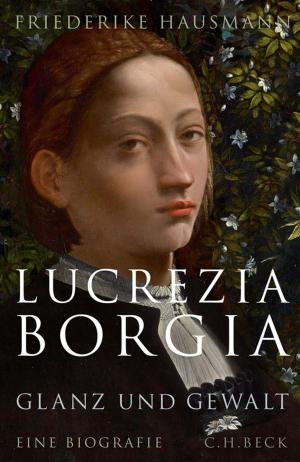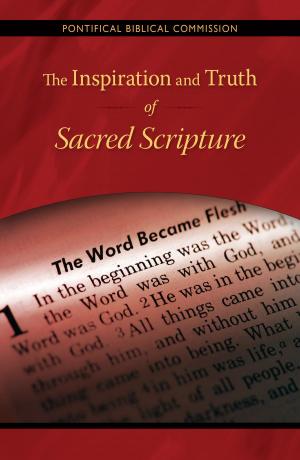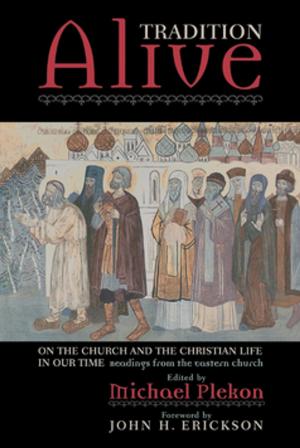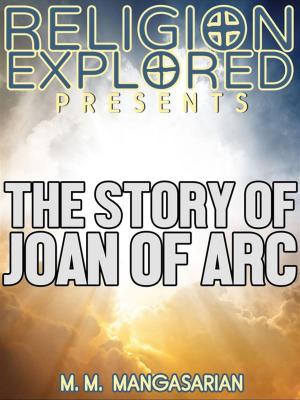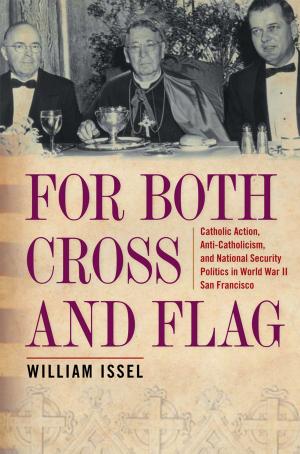The Rosary: Prayer for Thinking Christians
Nonfiction, Religion & Spirituality, Inspiration & Meditation, Prayer, Christianity, Denominations, Catholic, Catholicism| Author: | Ray Wilson | ISBN: | 9780966013511 |
| Publisher: | Ray Wilson | Publication: | January 29, 2012 |
| Imprint: | Smashwords Edition | Language: | English |
| Author: | Ray Wilson |
| ISBN: | 9780966013511 |
| Publisher: | Ray Wilson |
| Publication: | January 29, 2012 |
| Imprint: | Smashwords Edition |
| Language: | English |
The very title, "The ROSARY: Prayer for Thinking Christians" (Nihil Obstat: Diocese of Springfield, MA) directly challenges skeptics by contending that the Rosary with its repetitive prayer is for "thinking Christians." It begins with an eyebrow-raising report of a message spoken to a lone highway driver and then miraculously confirmed. The startling report does pass the "credibility test" of the Nihil Obstat censor and well-educated cover endorsers (Bud Macfarlane, Jr., MI, founder of the Mary Foundation and best-selling Catholic novelist; John Cahalane, Ph.D., Catholic educator, writer, and lecturer) as well as the Foreword writer (Fr. Gerald Mendoza, O.P.). The story moves on and the car is replaced by the distinctly separate vehicles of meditation and contemplation (clearly defined), not merely for the journey in reading the book, but for making every Rosary spoken henceforth an exciting intellectual and spiritual journey into the "Sacred Mysteries," twenty events in the life of Jesus Christ.
Reason and Faith combine in "reasoning faith" for a journey of mind and soul which death does not separate. It is a journey taken long ago by faith-filled people along paths traveled by the God of the Living, not of the dead. The events were real, and the people still are, granted life eternal, in the eternal kingdom, present not just "now and forever," but forever and now! As the apostles were granted a glimpse into the Kingdom in the sacred mystery of the Transfiguration on Mount Tabor, the Rosary offers such a glimpse today, not only once, but repetitively.
This book is not long, and reveals the Rosary to be a flexible itinerary which encourages side trips by the traveler, broadening and enriching the visit in each mystery event according to the traveler's own individual need. The Rosary beads keep the count, the repetition maintains the focus, and the Spirit escorts a freed will and exploring intellect.
Chapter One –“Why”– captivates interest with a true adventure and miracle experienced by the author. This chapter also frames the nagging and often vexing question of how repetitive prayer structured around a physical memory device can support “thinking” prayer and rational faith. The secret revealed here is that it does, and the “how” will be revealed by a writer who himself lived with such reservations for many decades, i.e., as a devoted Catholic not appreciating the Rosary’s full devotional value.
Chapter One-and-a-Half –“What”– is a mere primer for those unfamiliar with the mechanics of the Rosary. It is optional reading, included for readers to read or bypass according to need.
Chapter Two –“Prayer”– explains how meditative and contemplative prayer following the paths of the Rosary through the events of Christ’s earthly life bring the reader to full intellectual and spiritual communion with God. Organization around repetitive formal prayer provides structure which facilitates freedom of thought to travel to the limits of possibilities and return to the central thread that is Christ’s walk among us. It is meaningful repetition rather than the “vain repetition” chastised by Christ.
Chapter Three –“Praying the Rosary”– is the heart of the book, the guide to understanding the circumstances and essence of each of the twenty mysteries
Chapter Four –“Formal Rosary Prayer"– provides express language for group prayer, with actual scripts for leaders to read aloud, introducing each section and mystery of the Rosary.
The very title, "The ROSARY: Prayer for Thinking Christians" (Nihil Obstat: Diocese of Springfield, MA) directly challenges skeptics by contending that the Rosary with its repetitive prayer is for "thinking Christians." It begins with an eyebrow-raising report of a message spoken to a lone highway driver and then miraculously confirmed. The startling report does pass the "credibility test" of the Nihil Obstat censor and well-educated cover endorsers (Bud Macfarlane, Jr., MI, founder of the Mary Foundation and best-selling Catholic novelist; John Cahalane, Ph.D., Catholic educator, writer, and lecturer) as well as the Foreword writer (Fr. Gerald Mendoza, O.P.). The story moves on and the car is replaced by the distinctly separate vehicles of meditation and contemplation (clearly defined), not merely for the journey in reading the book, but for making every Rosary spoken henceforth an exciting intellectual and spiritual journey into the "Sacred Mysteries," twenty events in the life of Jesus Christ.
Reason and Faith combine in "reasoning faith" for a journey of mind and soul which death does not separate. It is a journey taken long ago by faith-filled people along paths traveled by the God of the Living, not of the dead. The events were real, and the people still are, granted life eternal, in the eternal kingdom, present not just "now and forever," but forever and now! As the apostles were granted a glimpse into the Kingdom in the sacred mystery of the Transfiguration on Mount Tabor, the Rosary offers such a glimpse today, not only once, but repetitively.
This book is not long, and reveals the Rosary to be a flexible itinerary which encourages side trips by the traveler, broadening and enriching the visit in each mystery event according to the traveler's own individual need. The Rosary beads keep the count, the repetition maintains the focus, and the Spirit escorts a freed will and exploring intellect.
Chapter One –“Why”– captivates interest with a true adventure and miracle experienced by the author. This chapter also frames the nagging and often vexing question of how repetitive prayer structured around a physical memory device can support “thinking” prayer and rational faith. The secret revealed here is that it does, and the “how” will be revealed by a writer who himself lived with such reservations for many decades, i.e., as a devoted Catholic not appreciating the Rosary’s full devotional value.
Chapter One-and-a-Half –“What”– is a mere primer for those unfamiliar with the mechanics of the Rosary. It is optional reading, included for readers to read or bypass according to need.
Chapter Two –“Prayer”– explains how meditative and contemplative prayer following the paths of the Rosary through the events of Christ’s earthly life bring the reader to full intellectual and spiritual communion with God. Organization around repetitive formal prayer provides structure which facilitates freedom of thought to travel to the limits of possibilities and return to the central thread that is Christ’s walk among us. It is meaningful repetition rather than the “vain repetition” chastised by Christ.
Chapter Three –“Praying the Rosary”– is the heart of the book, the guide to understanding the circumstances and essence of each of the twenty mysteries
Chapter Four –“Formal Rosary Prayer"– provides express language for group prayer, with actual scripts for leaders to read aloud, introducing each section and mystery of the Rosary.

